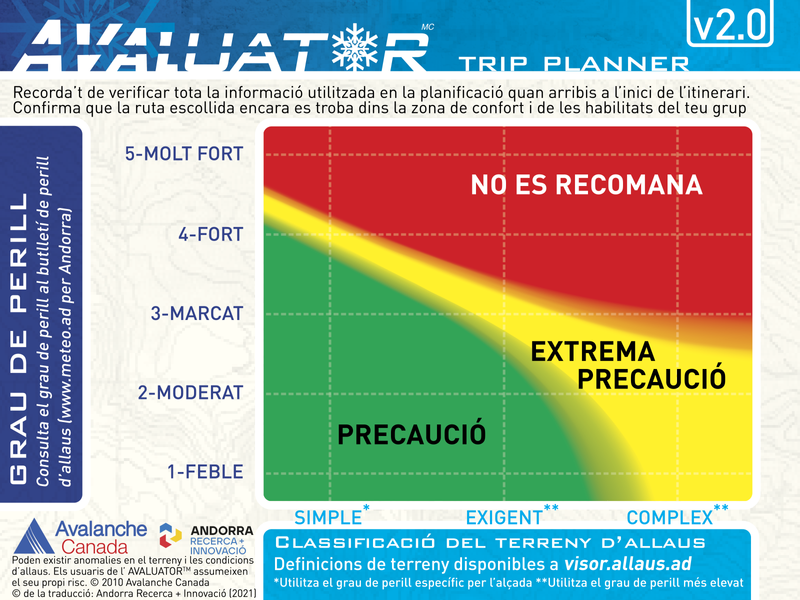Roc de la Cauba per Collet dels Colls
General Description
Recorregut: Ruta lineal on anirem per camins comunals marcats amb punt groc, trobarem algun tram tècnic i que està protegit amb cadenes i un cop arribem al cim, les vistes que tindrem són de les més maques que podem observar de tota la Vall de la Massana.
Observacions: Podem deixar el cotxe a l'aparcament comunal del Comú de la Massana.
En alguns trams de la ruta passarem per trams de carretera.
Hi ha zones de la ruta que la roca és llisa, hem de prestar atenció a no relliscar, i també passarem un tram cap al final de la pujada, on hi ha instal·lades unes cadenes per ajudar-nos a superar aquella zona complicada.
Només trobem una font d'aigua a l'inici del recorregut, a la plaça de les Fontetes.
Ascens: Sortirem de la plaça de les Fontetes al poble de la Massana, pujarem per la carretera del Pui i després agafarem el camí de la Font Roja que ens portarà fins a la carretera de Comes de Banyàs, i posteriorment el camí de la Cauba. Aquest següent tram és un camí bastant tècnic i que en algun tram és força vertical, per superar aquest tram ens podem agafar de les cadenes que hi ha, un cop superat el camí ja és molt més suau i en l'últim encreuament girarem a l'esquerra per arribar fins al mateix cim.
Descens: Seguirem el mateix recorregut que hem fet per pujar, menys quan arribem a la carretera de Comes de Banyàs que anirem pel carrer Coma del Colat.


 Routes and points of interest
Routes and points of interest  Agenda and events
Agenda and events  Online Store
Online Store  Information of Interest
Information of Interest  contact
contact 



















